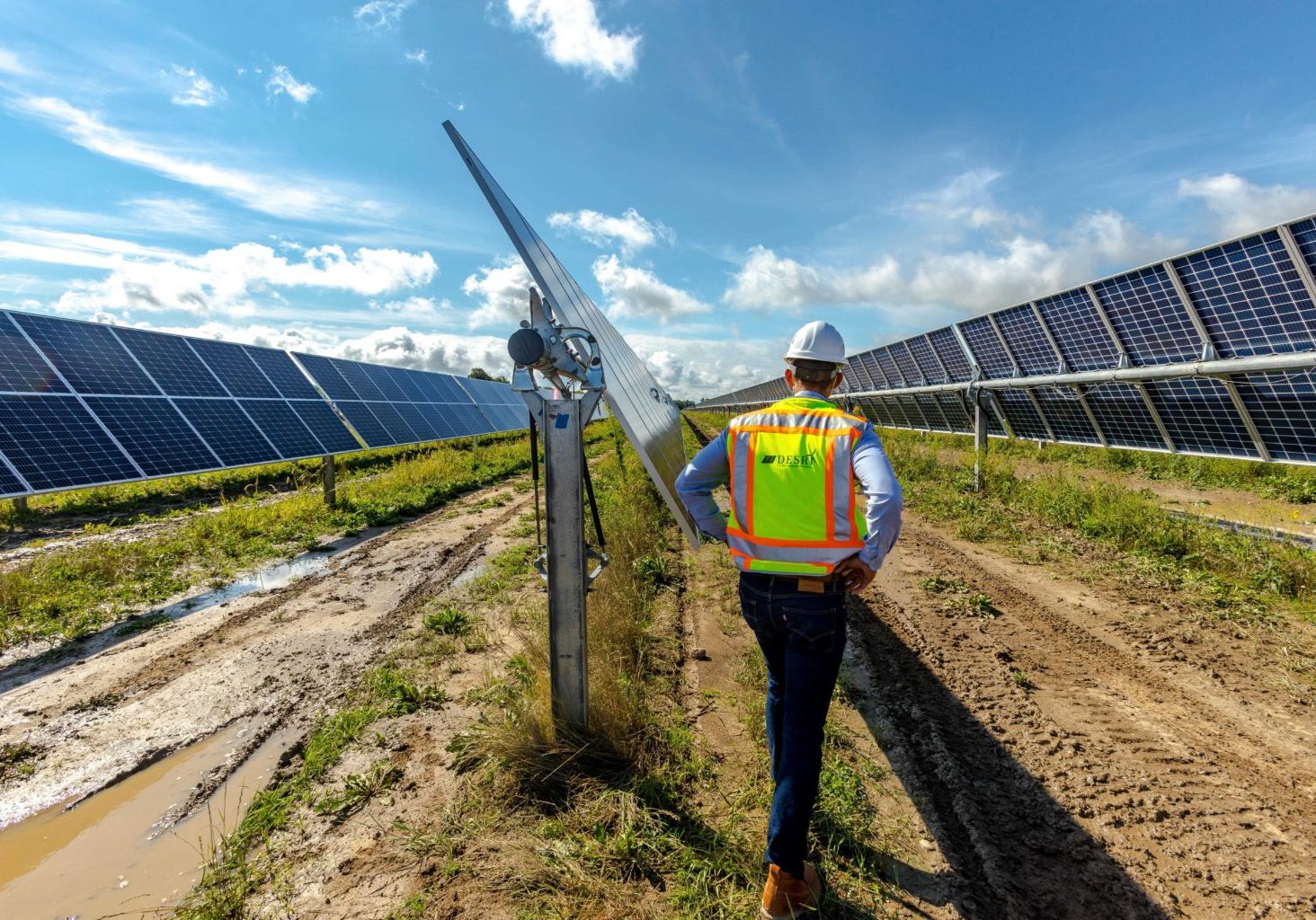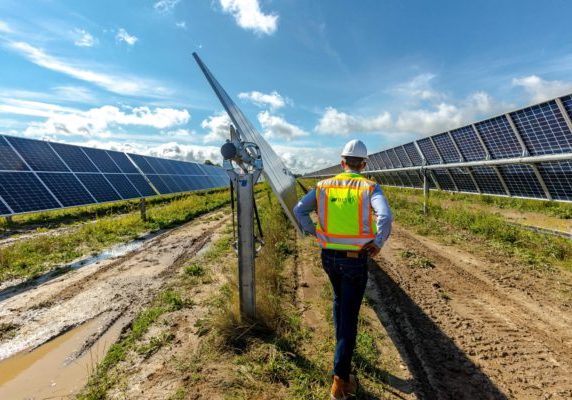Many Grand Haven businesses and homeowners want to tap into sustainable power. You may think, it’s not possible to build a wind turbine in my backyard. I definitely cannot put a biomass power plant back there—where would the kid’s swing set go? I could install solar panels on my roof, but that sounds difficult and expensive. Is there another way?
Sourcing Renewables Here or Elsewhere?
If you want to source more of your power from renewables, your first thoughts might turn to solar. Many Michiganders already rely on solar energy because of its cost, efficiency, reliability, and eco-friendliness. When installed correctly, solar panels can help the environment and eventually your wallet. On average, it takes most U.S. homeowners about eight years to see a return on investment—potentially saving between $20,000 and $75,000 over a 25-year lifespan according to EnergySage, a US Department of Energy-endorsed solar marketplace. Michigan enjoys fewer sunny days than the US average so ROI might take a few years longer here depending on the installation and orientation of panels.
However, solar isn’t a plug-and-play solution. A return on investment from solar requires significant funds and ongoing maintenance. Consumer Affairs calculated that it costs the average American $12,000 to install solar panels, while top-tier options can cost upwards of $40,000.
You’ll also need to hire a professional electrician to install the panels and hook them up to the grid. EnergySage warns against DIY projects. “Most home DIY solar panel kits are designed for off-grid use, which means you can’t use them and remain connected to your utility.”
Whether or not you decide to pursue solar, there’s a growing market for purchasing renewables through the grid that may be worth considering as an alternative or addition to a home or a business solar array.
What are RECs and How Do They Work?
Renewable Energy Credits (RECs) maximize your environmental impact while eliminating extra work. The United States Environmental Protection Agency specifies, “RECs are issued when one megawatt-hour (MWh) of electricity is generated and delivered to the electricity grid from a certified renewable energy resource.”
Each credit is uniquely numbered, tracked, and regulated. Local power utilities can buy RECs on your behalf and add them as additional energy to their existing supply mix.
When you’re connected to the grid, there’s no way of knowing specifically where your power comes from because the load is balanced across many regional generation sources and there is no way to track specific electrons as they travel through the system. While RECs do not directly power specific homes or businesses, they do represent a purchase of an increased share of renewable energy on the grid. In other words, for every credit your utility purchases, there’s a larger percentage of green energy powering the system.
Your local utility company then “retires” the REC on your behalf. That means that the power is consumed and the REC can no longer be bought or sold. While purchasing RECs may not offer the same sense of pride as gleaming solar panels on your roof, they do cost-effectively unite you with others working to make Grand Haven more environmentally-friendly.
Buying RECs Directly
The market for RECs is growing. According to EnergySage, “Anyone, anywhere in the United States can buy RECs. Any corporation, business, nonprofit, or individual concerned about their carbon footprint can purchase RECs to ensure that their electricity is coming from renewable energy.”
However, it’s important to exercise discernment when purchasing RECs as there are some markets which might sell credits that are “double-counted” toward a state’s renewable goals without being retired. Grand Haven BLP only purchases certified Michigan “MiRECs” and you can be assured by your local utility that any RECs purchased under the BLP’s Green Energy Program are properly retired on your behalf.
Generating a Greener Future
Currently, the Grand Haven BLP purchases twenty-two percent of Grand Haven’s energy supply through Purchase Power Commitments for renewable resources such as wind, solar, and landfill gas, and that percentage will only grow over the coming years. Erik Booth, operations & power supply manager, said, “As we build our portfolio and diversify over time, some customers may want to go green at a faster rate. That’s where RECs come in.”
The BLP’s Green Energy Program enables customers to purchase additional RECs from renewable sources like wind and solar. These utility payments directly support generating more renewable energy on the grid. This year, the board anticipates retiring enough RECs to equal its 22% commitment to renewable sources, plus the additional amount of RECs committed to by our customers through the BLP’s Green Energy Program.
Learn more about RECs and the Green Energy Program at www.ghblp.org/green-energy-program/



